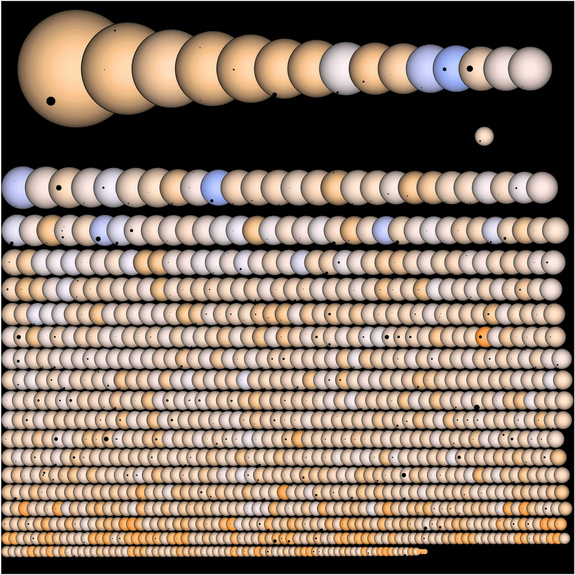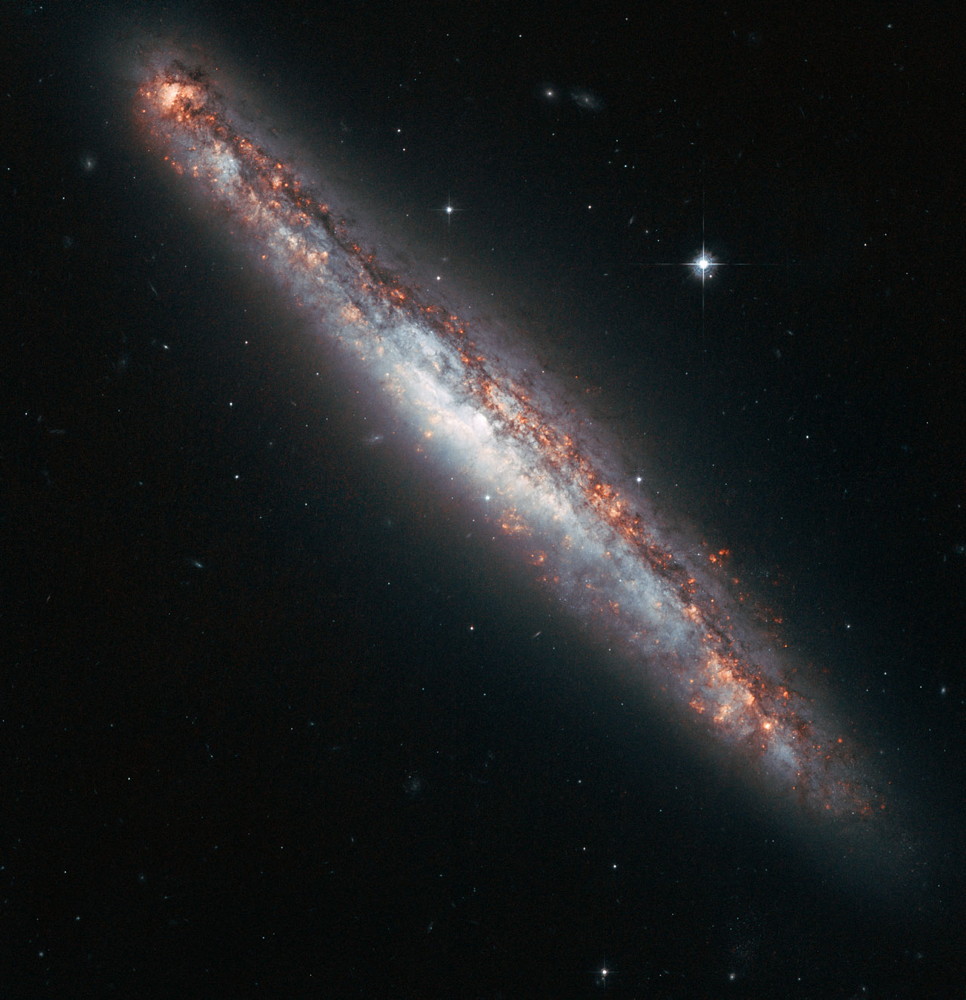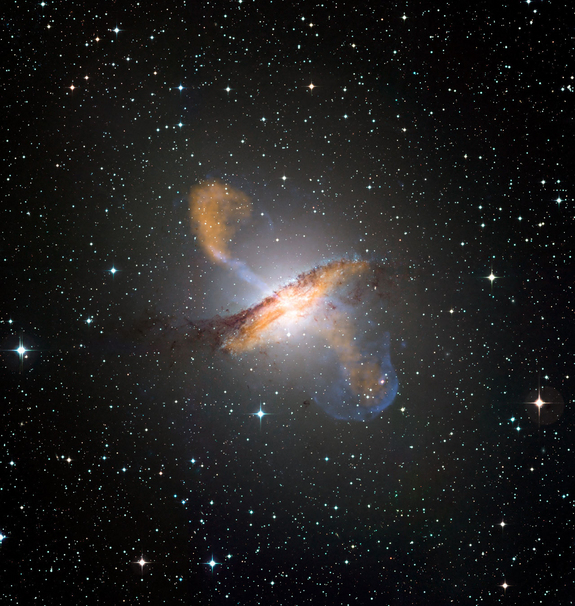
© Technology Review, MIT
Recent weeks have been exciting for a relatively new kind of currency speculator. In just three weeks, the total value of a unique new digital currency called
Bitcoin has jumped four times, to over $40 million.
Bitcoin is underwritten not by a government, but by a clever cryptographic scheme.
For now, little can be bought with bitcoins, and the new currency is still a long way from competing with the dollar. But this explainer lays out what Bitcoin is, why it matters, and what needs to happen for it to succeed.
Where does Bitcoin come from?In 2008, a programmer known as Satoshi Nakamoto - a name believed to be an alias -
posted a paper
outlining Bitcoin's design to a cryptography e-mail list. Then, in early 2009, he (or she) released software that can be used to exchange bitcoins using the scheme. That software is now maintained by a volunteer open-source community coordinated by four core developers.
"Satoshi's a bit of a mysterious figure," says Jeff Garzik, a member of that core team and founder of
Bitcoin Watch, which tracks the Bitcoin economy. "I and the other core developers have occasionally corresponded with him by e-mail, but it's always a crapshoot as to whether he responds," says Garzik. "That and the forum are the entirety of anyone's experience with him."




